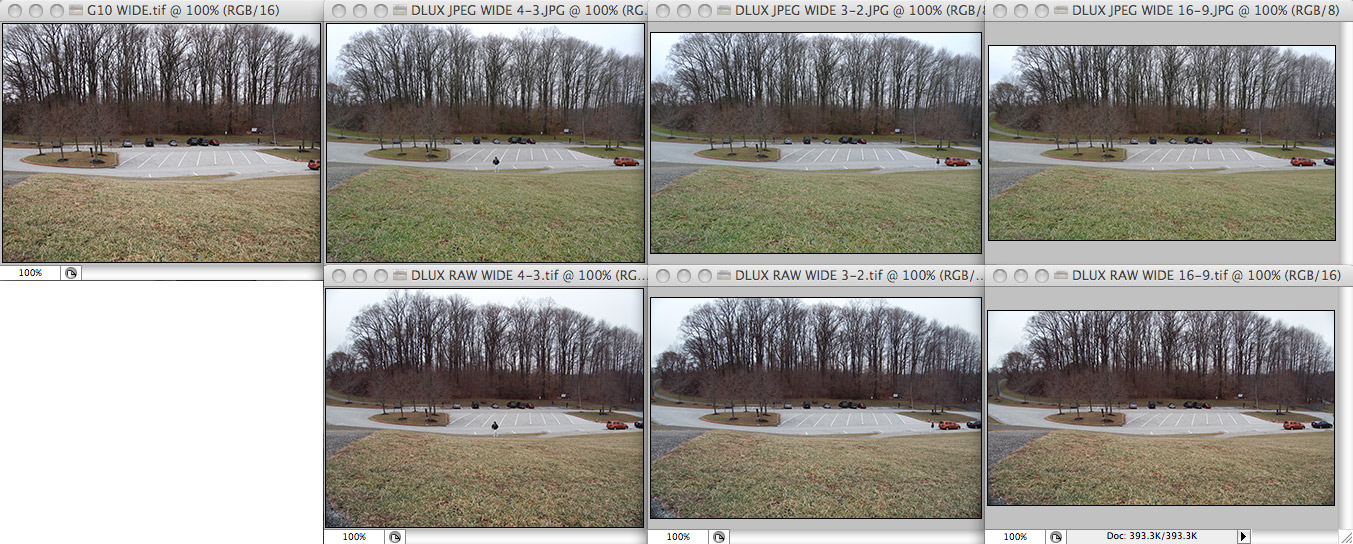This content has been moved to the new SeriousCompacts.com.
Click here to go to the new location
Panasonic G1 - Nikon D700 ISO Shootout
Thursday, December 25, 2008
Posted by Amin
![]()
Panasonic G1 Size Comparisons
Pictures of the Panasonic G1 next to a few other notable cameras below:
Next to the Nikon D700, one of three current, "compact" 35mm full frame DSLRs:
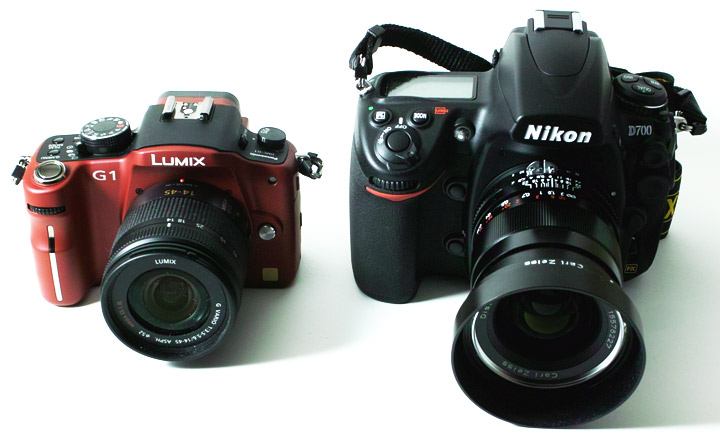
Next to the Sigma DP1, the first compact with a greater than 1" sensor:

Next to the Sigma DP1 with viewfinder and hood attached:

Next to the Zeiss Ikon (ZM) 35mm film rangefinder with Voigtlander 35mm f/1.4 lens attached:
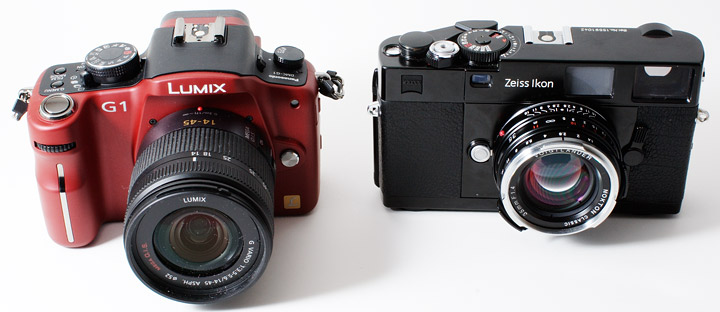
Posted by Amin
![]()
Canon G10 - Leica D-LUX 4 Shootout Pt. 3: Dynamic Range
Wednesday, December 24, 2008
In Part 3, we'll take a look at the dynamic range of the G10 and D-LUX 4 (LX3) cameras at base ISO compared to the Sigma DP1 in a real world application.
Dynamic range test results can often be confusing. Two reputable sites will use the same method, such as Imatest, and come up with significantly different results. There are rarely practical examples shown to demonstrate the detected differences. Furthermore, dynamic range testing is often done on in-camera JPEGs, so the information gained doesn't reflect the entire sensor capability and is of limited practical use to a primarily RAW shooter.
Recently, DxOlabs have begun to publish sensor tests which are performed on the RAW data and adjusted for matched output size. Their methods appear to be sound. According to their data, the LX3 has 11.03 stops of dynamic range at a manufacturer ISO of 100, versus 10.03 stops for the G10 at manufacturer ISO 80 and 9.64 stops for the G10 at manufacturer ISO 100. A decrease of 1EV corresponds to a halving of dynamic range. DxOmark did not report the dynamic range of the LX3 when set to ISO 80. It may be that the base ISO for the LX3 corresponds to a manufacturer ISO of 100, in which case a lower expanded ISO setting of 80 would be expected to sacrifice highlight DR. This is a possibility to keep in mind since my tests below were performed at manufacturer ISO 80 for both cameras, potentially depriving the LX3 of optimal performance.
My method for testing dynamic range is pretty straightforward. I take a single photo of a high DR scene, one which exceeds the DR capability of the camera sensor. I then "push" the image to +2EV and examine the shadow detail. Next, I adjust the same image to -2EV and look at the highlight information. The ability of the camera to simultaneously capture both the shadow and highlight detail from a challenging scene can thus be determined in a practical manner. The next two paragraphs have the boring, technical details:
In the following comparison, the G10 and LX3 were both set to manufacturer ISO 80, 1/10s, and f/4. The DP1 was set to manufacturer ISO 100, 1/15s, and f/4. DxOmark found an approximate one stop disparity between the measured and reported (manufacturer) ISO at any given setting on the LX3, though they did not report on the ISO 80 setting. Using Raw Developer to process all files, I do not see this disparity between levels in processed G10 and LX3 files at any given ISO, meaning that one of the following is the case: 1) DxOmark ISO measurements are significantly faulty (unlikely); 2) Manufacturer settings for aperture and/or shutter speed are inaccurate (unlikely but possible); or 3) Somewhere in the processing pipeline, the LX3 data is getting pushed to the appropriate exposure index. #3 seems most likely to me, but I have no means to test this assumption.
I processed the G110 and D-LUX 4 RAW files in Raw Developer (Iridient Digital, latest version, Mac only), while the DP1 file was processed in Sigma Photo Pro. Noise reduction and sharpening were disabled in Raw Developer. G10 and D-LUX 4 files were downsized to the diagonal dimension of the DP1 native output.
Here is the overall (resized) G10 image prior to any exposure adjustments in Raw Developer: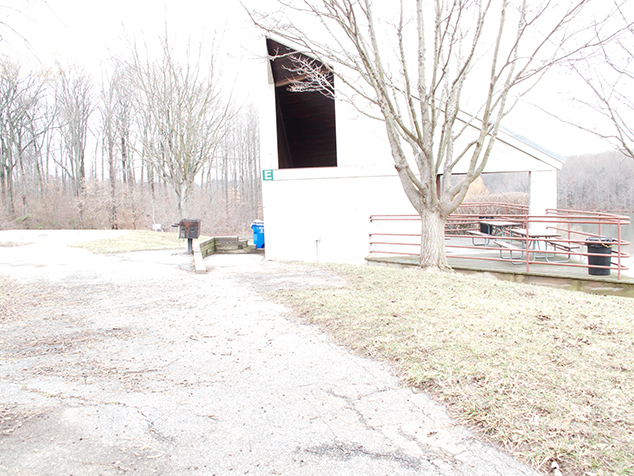
Here is the overall (resized) LX3 image prior to any exposure adjustments in Raw Developer: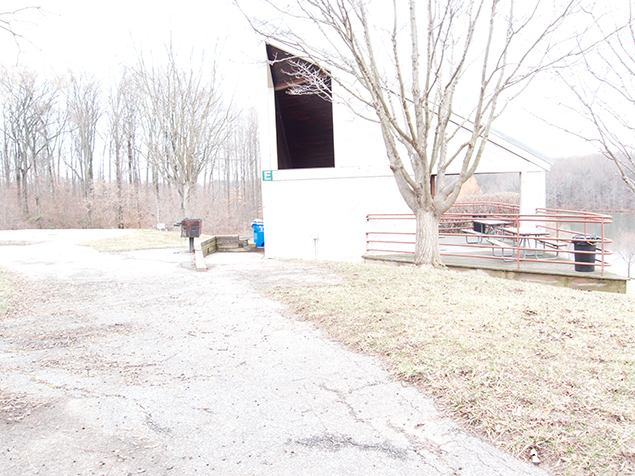
The D-LUX 4 processed RAW angle of view is slightly wider here than that of the Canon since I matched the D-LUX 4 JPEG angle of view to that of the G10.
Here is the overall (resized) DP1 image prior to any exposure adjustments in Sigma Photo Pro: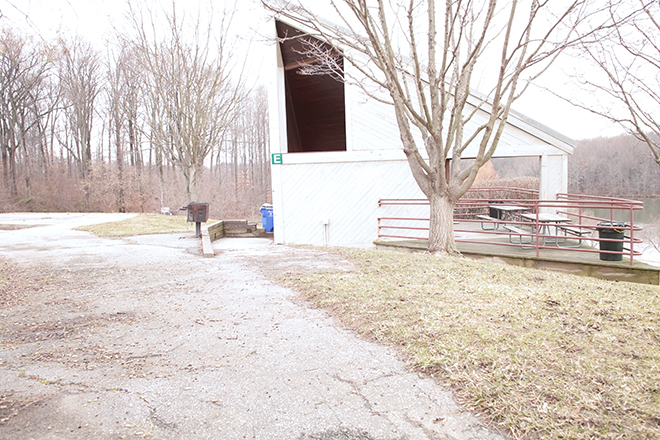
It is clear that, prior to adjustment, the DP1 shadows are and highlights appear less clipped than those of the other two cameras. This correlates with my experience that, prior to any work done in a RAW converter, DP1 files show great dynamic range.
Next let's look specifically at the highlight regions, before and after a -2EV adjustment: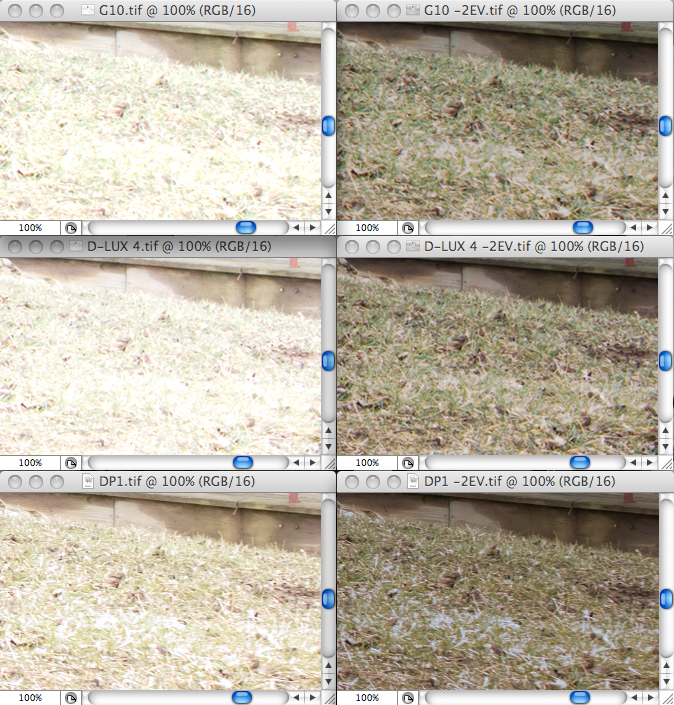
Again, at this magnification we can see that the small sensor cameras appear to have blown the highlights to a greater extent than the DP1. However, looking at what can be recovered with a -2EV adjustment, the D-LUX 4 has had the greatest recovery of highlight information. By comparison, the G10 and DP1 are both unable to recover from highlight clipping. It is more obvious in the case of the DP1, which loses all color in clipped areas. Overall, this part of the test is consistent with my experience that the DP1 resists highlight clipping in general, but not much headroom is available for recovery when highlight information appears to have been lost.
Next let's look specifically at the shadow regions, before and after a +2EV adjustment. I have adjusted the colors and contrast after the +2EV adjusted crops to roughly match one another.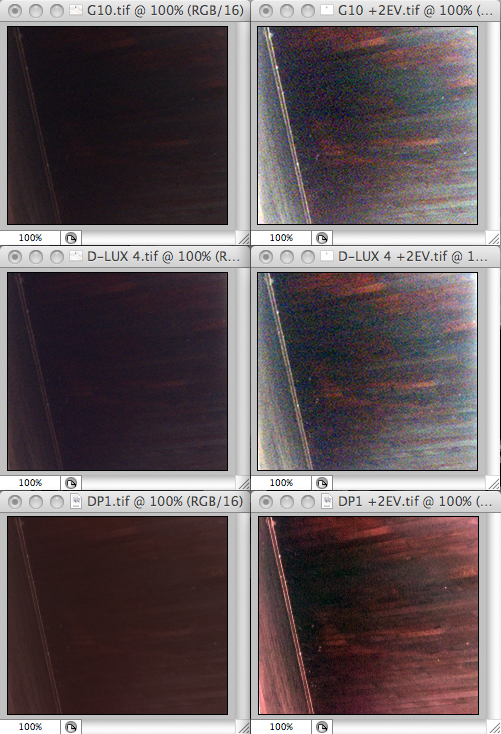
The DP1 is clearly superior with regards to shadow detail. The G10 and D-LUX 4 have a similar result, with the D-LUX 4 coming out slightly ahead.
Overall, this test shows slightly higher dynamic range for the D-LUX 4 as compared with the G10. I found the dynamic range advantage of the D-LUX 4 over the G10 to be noticeable in practice. However, neither camera approaches the overall dynamic range of the DP1.
Here are the RAW files for your examination:
In Part 4, we'll look at the low light, high ISO performance of the G10 and D-LUX 4.
Posted by Amin
![]()
Canon G10 - Leica D-LUX 4 Shootout Pt. 2: Field of View Coverage and Barrel Distortion at 28mm Equivalent
Tuesday, December 23, 2008
The Canon G10 has an angle of view coverage corresponding to that of a 28-140mm zoom for the 35mm format, whereas the D-LUX 4/LX3 covers the same angle of view as a 24-60mm lens. As explained here, the D-LUX/LX3 manages to cover that diagonal angle of view in all three selectable aspect ratios (4:3, 3:2, 16:9).
Complicating things is the fact that the D-LUX 4/LX3 performs correction of barrel distortion during the in-camera conversion to JPEG. Thus, for wide angle photo files, part of the angle of view is discarded during conversion. As it turns out, the 24-60mm equivalent angle of view coverage corresponds to the diagonal angle of view coverage for the in-camera JPEG files. The RAW capture is significantly wider than 24mm equivalent.
In the following comparison, the upper left image shows the field of view (FOV) coverage for the G10 at its widest setting (28mm equivalent) and native aspect ratio (4:3). This is the entire frame after resizing. The remainder of the top row shows the in-camera JPEG FOV coverage for the D-LUX 4 at its widest setting (24mm equivalent) in 4:3, 3:2, and 16:9 aspect ratios, from left to right. Underneath each of the D-LUX 4 frames, you can see the FOV captured in the corresponding RAW image.
Of note, the extended FOV available in D-LUX 4/LX3 RAW is only accessible in certain software such as Raw Developer or Raw Photo Processor. Silkypix, Capture One, and all Adobe Raw products automatically correct barrel distortion and therefore do not allow one to preserve the wider FOV.
A similar comparison of the two cameras at the telephoto end of their respective zoom ranges doesn't show much difference between RAW and JPEG for the D-LUX 4:
The Canon G10 lens has relatively mild barrel distortion compared to the uncorrected D-LUX 4 lens at 28mm equivalent:
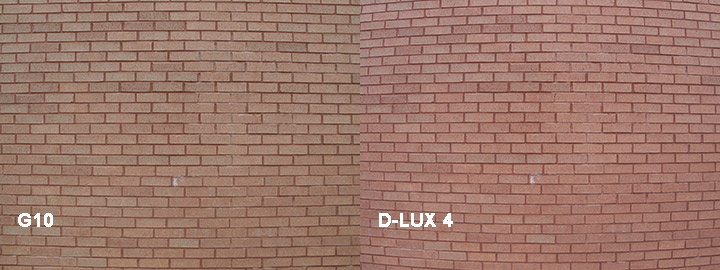
In Part 3, we'll look at the dynamic range of these two cameras compared to the Sigma DP1 in a real world application. Read More......
Posted by Amin
![]()
Canon G10 - Leica D-LUX 4 Shootout Pt. 1: Design and Build
As some may recall, I set out on a Canon G10 - Leica D-LUX 4 (Panasonic LX3) shootout a while back. In fact, I posted Part 1 of the shootout, but since work, family, and the GRD II review deterred me from continuing, I am starting again.
The Canon G10 and Panasonic LX3 are currently the #1 and #2 choices, respectively, amongst those shopping for an advanced digital compact with RAW capability. In conducting this shootout, my intention is not to comprehensively examine these cameras, but rather to cover some of the aspects which have not been covered elsewhere. The focus of the shootout will be on the RAW performance of the G10 and the D-LUX 4. I have no reason to believe that the D-LUX 4 and LX3 have any meaningful differences at the RAW level.
Before I begin, I'll disclose the fact that I no longer have the bias of ownership with either of these two cameras. I purchased them both for testing and thought about keeping each of them, but eventually I came to sell both.
In Part 1 of this shootout, we'll take a look at the design of these two cameras.
Here is the front view with the Leica on the left and the Canon on the right:
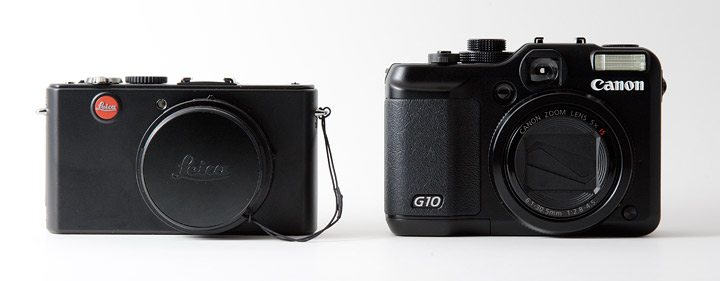
Both are attractive cameras in my opinion. The Canon is heavier and also taller, with room for the integrated optical viewfinder and flash.
The G10 has a nicer feel due to the contoured grip. The LX3, unlike the D-LUX 4, offers a bit of a grip, though not as substantial as that of the G10.
As you can see, the D-LUX has a traditional lens cap, while the Canon has a more convenient integrated lens cover. While I believe that most users will prefer the integrated lens cover, a removable lens cap such as the one on the D-LUX will provide greater protection. The leaflets protecting the G10 lens are displaced with the slightest pressure, and I do not trust them entirely when carrying the G10 in a pocket with other objects. This issue is offset by the fact that the G10 is not quite pocketable, at least not in the pants pockets to which I would carry an LX3/D-LUX 4.
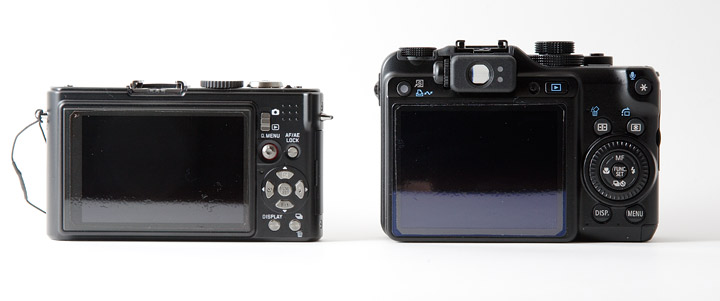
Both the G10 and D-LUX have large, bright LCD displays. The D-LUX has a cheap-feeling, wobbly switch for changing between record and play modes. The rest of the rear buttons on the D-LUX are better than that switch, but overall the G10 buttons and dials have a firmer, higher quality feel.

The exposure compensation and ISO dials add to the G10 experience. Again, these two and the mode dial on the Canon have a good amount of resistance and click reassuringly at each setting, whereas the Leica mode dial feels a bit light. As you can see, there is a convenient aspect ratio switch on the D-LUX 4 lens. One very useful feature on the D-LUX/LX3 is that there is a dedicated focus button on the top panel for autofocusing transiently while in manual focus mode. The D-LUX also has a dedicated switch on the side for selecting the focus mode (manual, automatic, or automatic/macro).
The battery/storage card door on the G10 has a nice heft, while that of the D-LUX feels more flimsy. While both are solid cameras, the G10 gives the impression of better overall build quality.
In Part 2, I'll compare the field of view coverage of these two cameras as well as the barrel distortion at 28mm equivalent.
Posted by Amin
![]()
Panasonic and Adobe - The Case Against DNG
Thursday, December 18, 2008
Not long ago, I speculated that Panasonic may have been pushing Adobe to incorporate mandatory lens correction for LX3 barrel distortion into Adobe Camera Raw/Lightroom. This turns out to have been the case, as evidenced by Eric Chan's remarks on the second page of replies to a recent post on The Online Photographer:
Panasonic asked Adobe to implement their desired level of lens compensations. We agreed, but it took some time to do so (that's why we had to wait till Camera Raw 5.2 and Lightroom 2.2, instead of CR 5.1 and LR 2.1). We also have a good relationship with Panasonic that continues through today.
In general, if photographers are upset that they are not given an option to turn off lens compensations, they should make a request to Panasonic, not Adobe.
Eric Chan
p.s. I am an engineer on the Camera Raw team at Adobe.
It turns out that Adobe has incorporated mandatory lens corrections for both the LX3 and the G1 in Adobe Camera Raw, Lightroom, and the Adobe DNG converter. By mandatory corrections, I am referring to corrections that are applied automatically and cannot be disabled.
According to Brian Griffith of Iridient Digital (personal communication), an LX3 or G1 RAW file which has been converted to DNG using Adobe's DNG converter will have these corrections applied in such a manner that the corrections cannot be reversed when subsequently processing the DNG in Iridient Digital's Raw Developer. I assume that the same will be true for other RAW processing applications - ie, once the corrections have been "baked" into DNG, they are irreversible. Of note, one can open both the original RAW files and the DNG conversions in RAW Developer to compare the effects of the corrections.
I shoot RAW because I want to keep all my options. Leaving barrel distortion uncorrected gives me a significantly wider angle of view (correcting it chops out a significant portion of the image) and also allows me to use the barrel distortion and light falloff as an artistic decision. If the Adobe DNG Converter removes these options, then I consider it to be an unsuitable tool for generating an archival format for my RAW files. While I understand Eric Chan's suggestion that the directive comes from Panasonic, not Adobe, I think that Adobe ought to maintain full transparency about DNG. What other adjustments are being incorporated when we convert to DNG? Read More......
Posted by Amin
![]()
Raw Developer 1.8.2 Released
Iridient Digital has released Raw Developer version 1.8.2, which adds support for the Leica D-LUX 4, Canon G10, Nikon P6000, and Panasonic G1 amongst others. There is now also support for DNG converted files from the Sigma DP1.
Other features of 1.8.2 include improved rendering of extreme shadow regions, and new default settings and camera ICC profiles for most Canon, Nikon, Olympus, Pentax and Sony cameras.
Posted by Amin
![]()
GRD II Review, Supplement
Monday, December 15, 2008
The GR Digital II review supplement has been moved to the new SeriousCompacts.com.
Click here to go to new page
Posted by Amin
![]()
Ricoh GR Digital II Review
Sunday, December 14, 2008
The GR Digital II review has been moved to the new SeriousCompacts.com.
Click here to go to the review
Posted by Amin
![]()
DC Watch Comparison of GX200, P6000, G10, and LX3
Wednesday, December 3, 2008
Japanese site DC Watch has published the first part in a comparison of four serious compacts: Ricoh GX200, Nikon P6000, Canon G10, and Panasonic LX3.
Links:
Original version (Japanese)
Google translation
Posted by Amin
![]()
Recent Posts
-
▼
2008
(254)
-
▼
December
(10)
- Panasonic G1 - Nikon D700 ISO Shootout
- Panasonic G1 Size Comparisons
- Canon G10 - Leica D-LUX 4 Shootout Pt. 3: Dynamic ...
- Canon G10 - Leica D-LUX 4 Shootout Pt. 2: Field of...
- Canon G10 - Leica D-LUX 4 Shootout Pt. 1: Design a...
- Panasonic and Adobe - The Case Against DNG
- Raw Developer 1.8.2 Released
- GRD II Review, Supplement
- Ricoh GR Digital II Review
- DC Watch Comparison of GX200, P6000, G10, and LX3
-
▼
December
(10)

